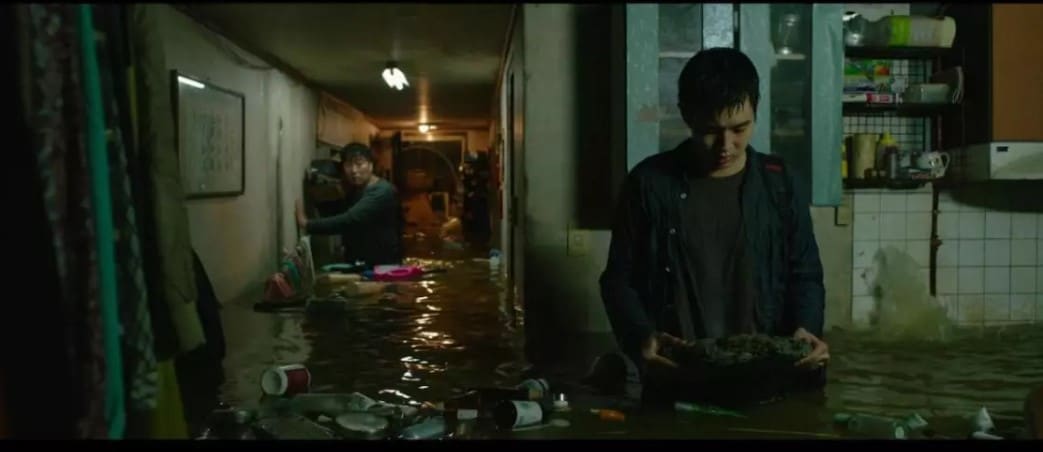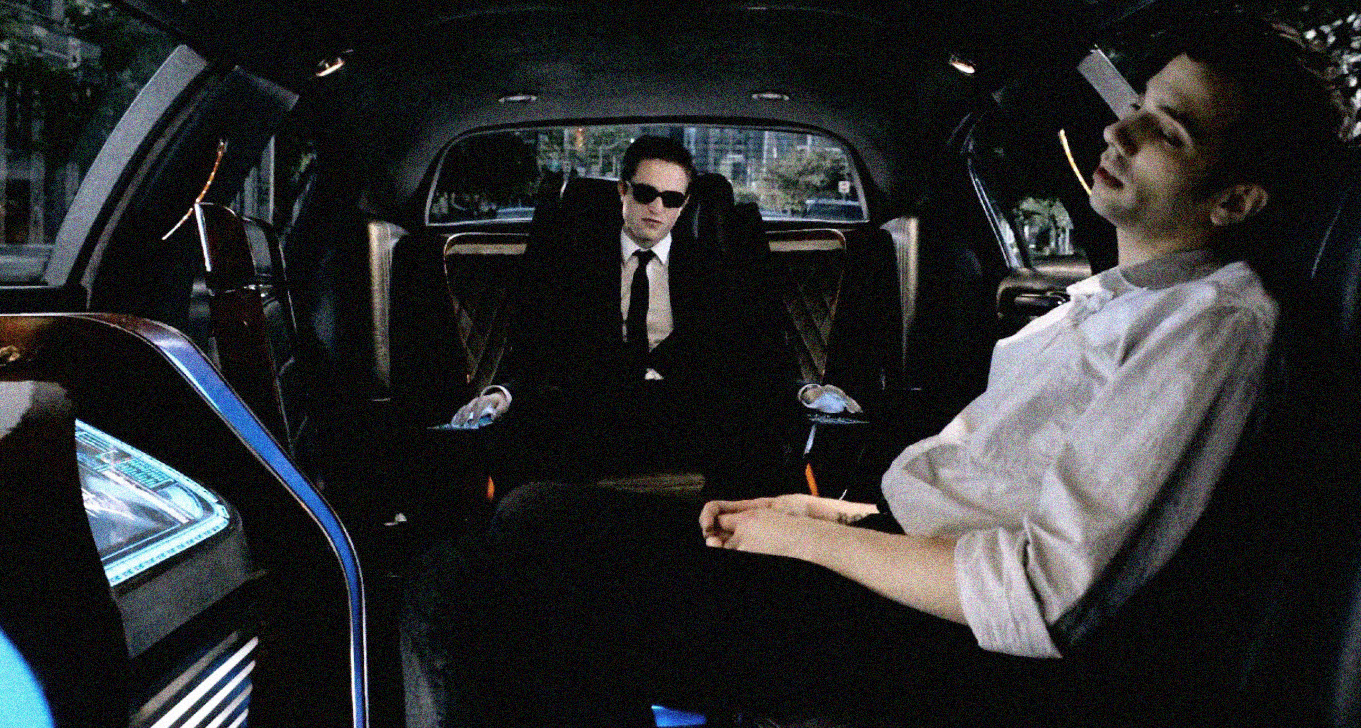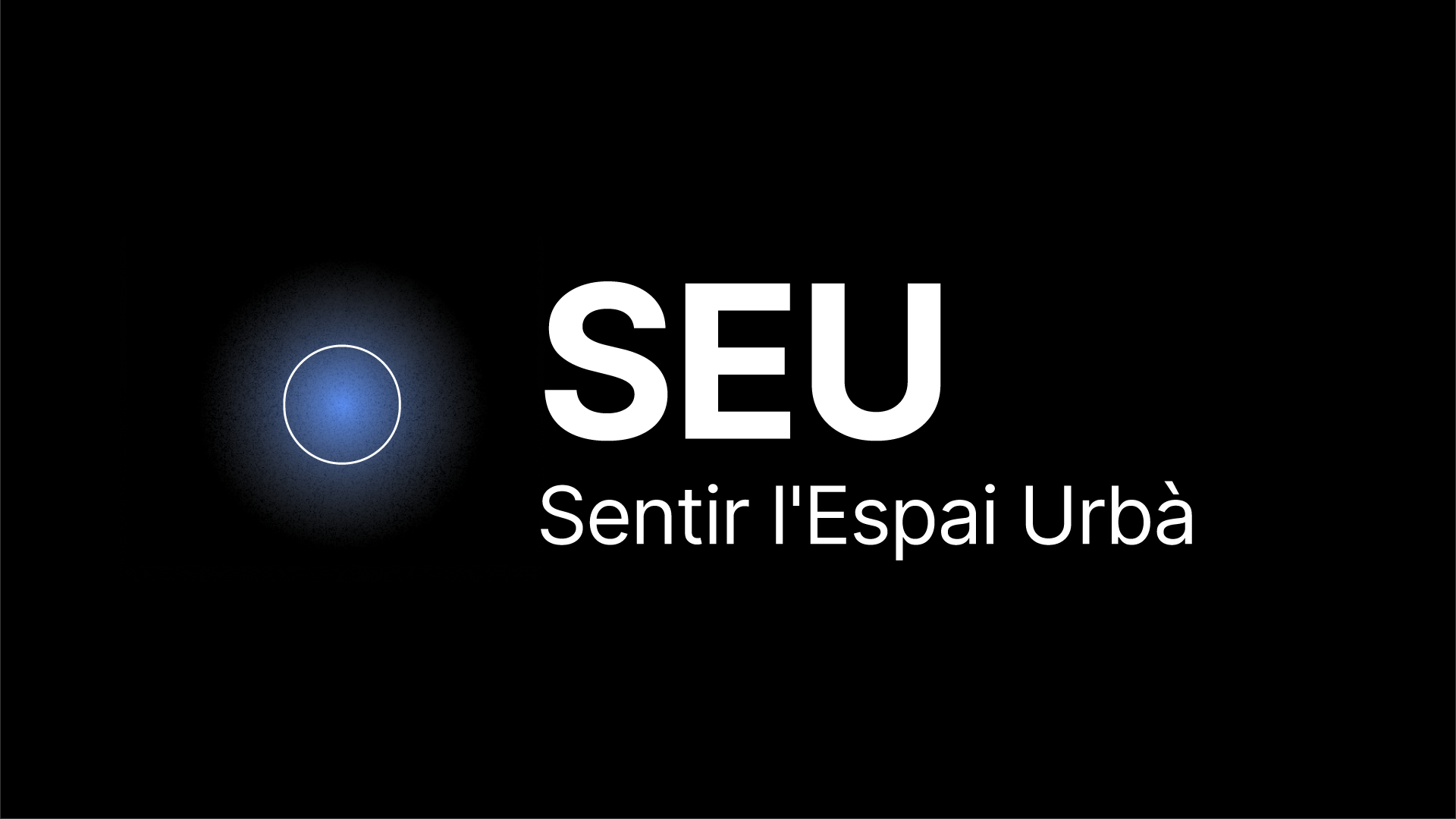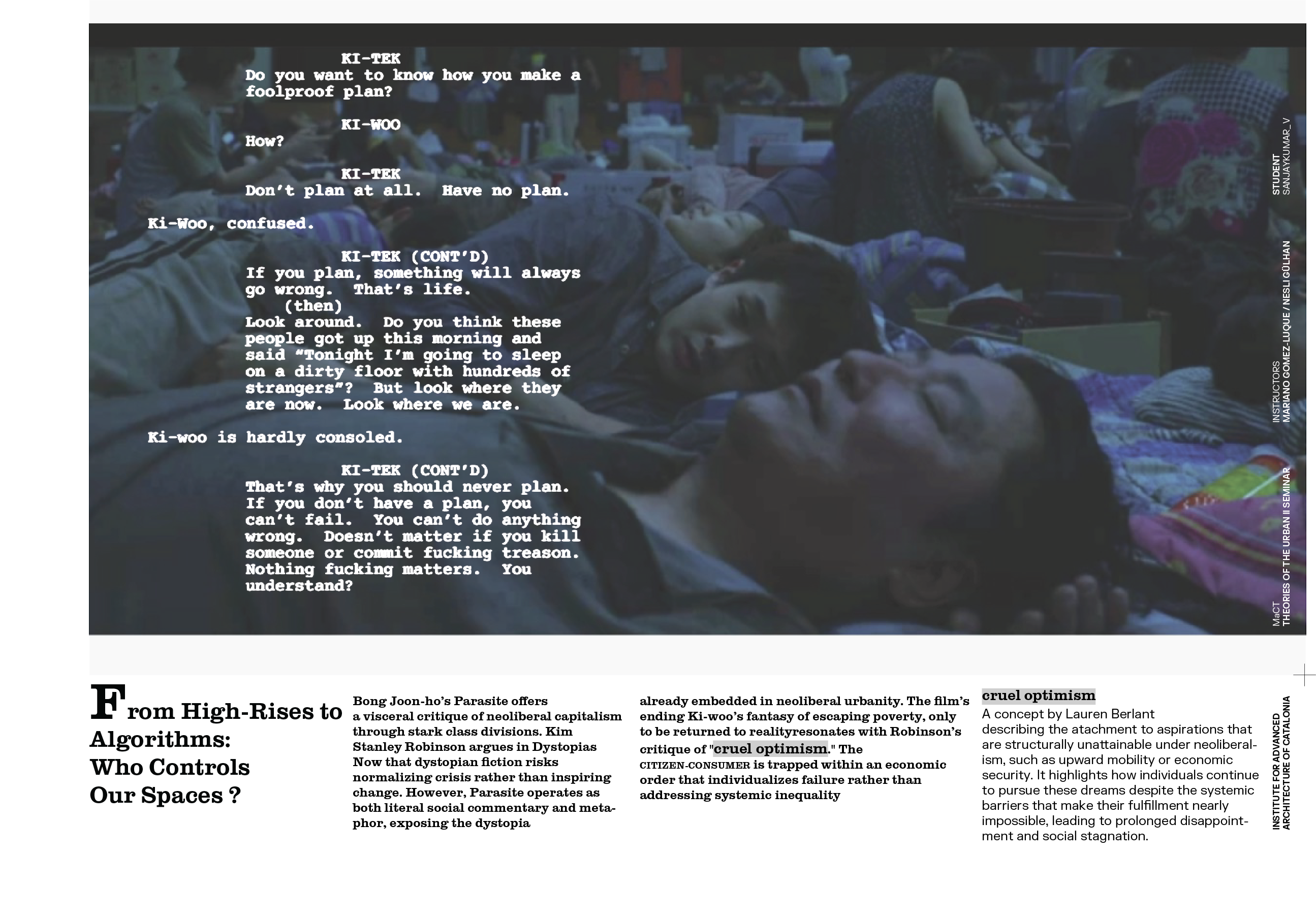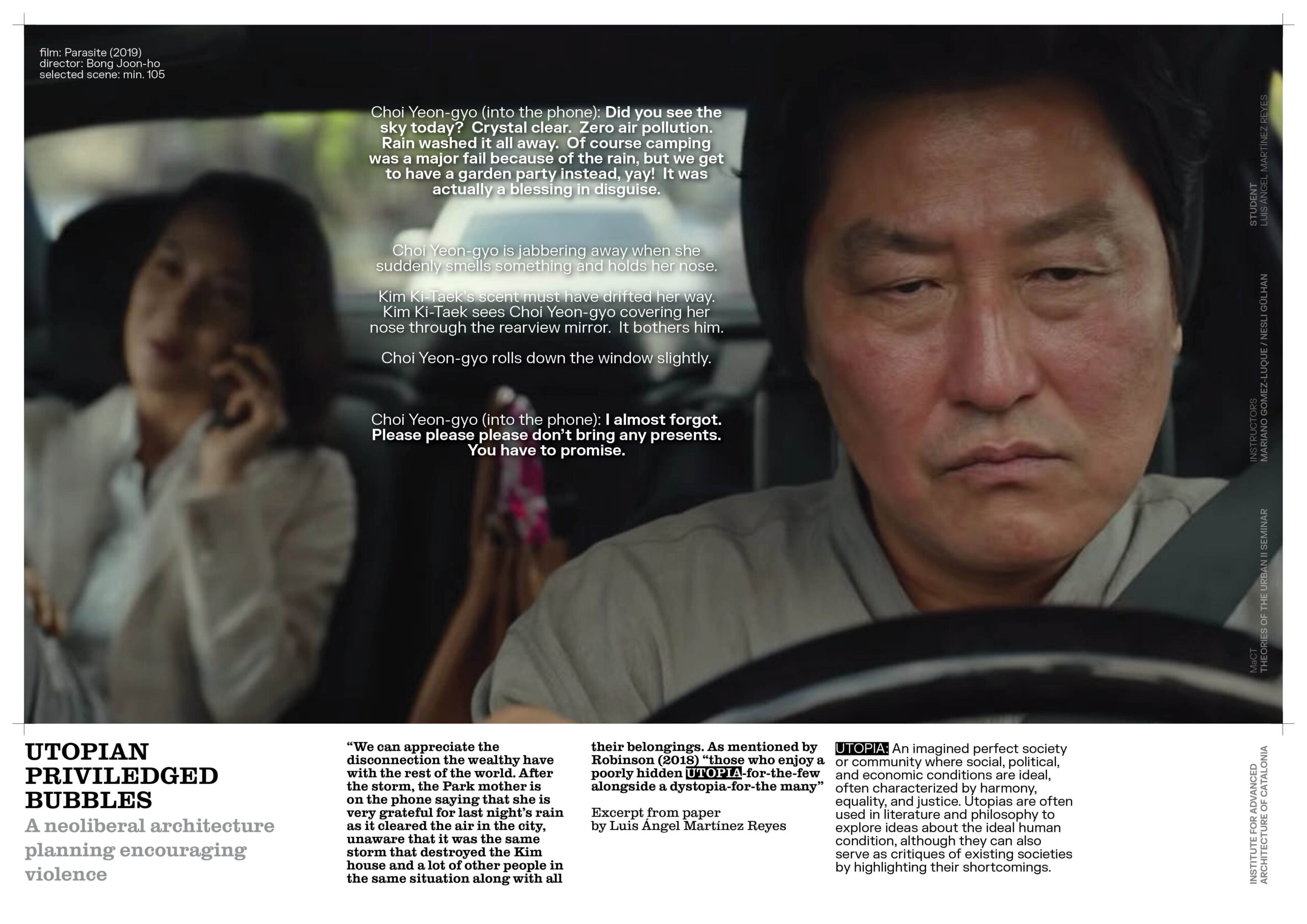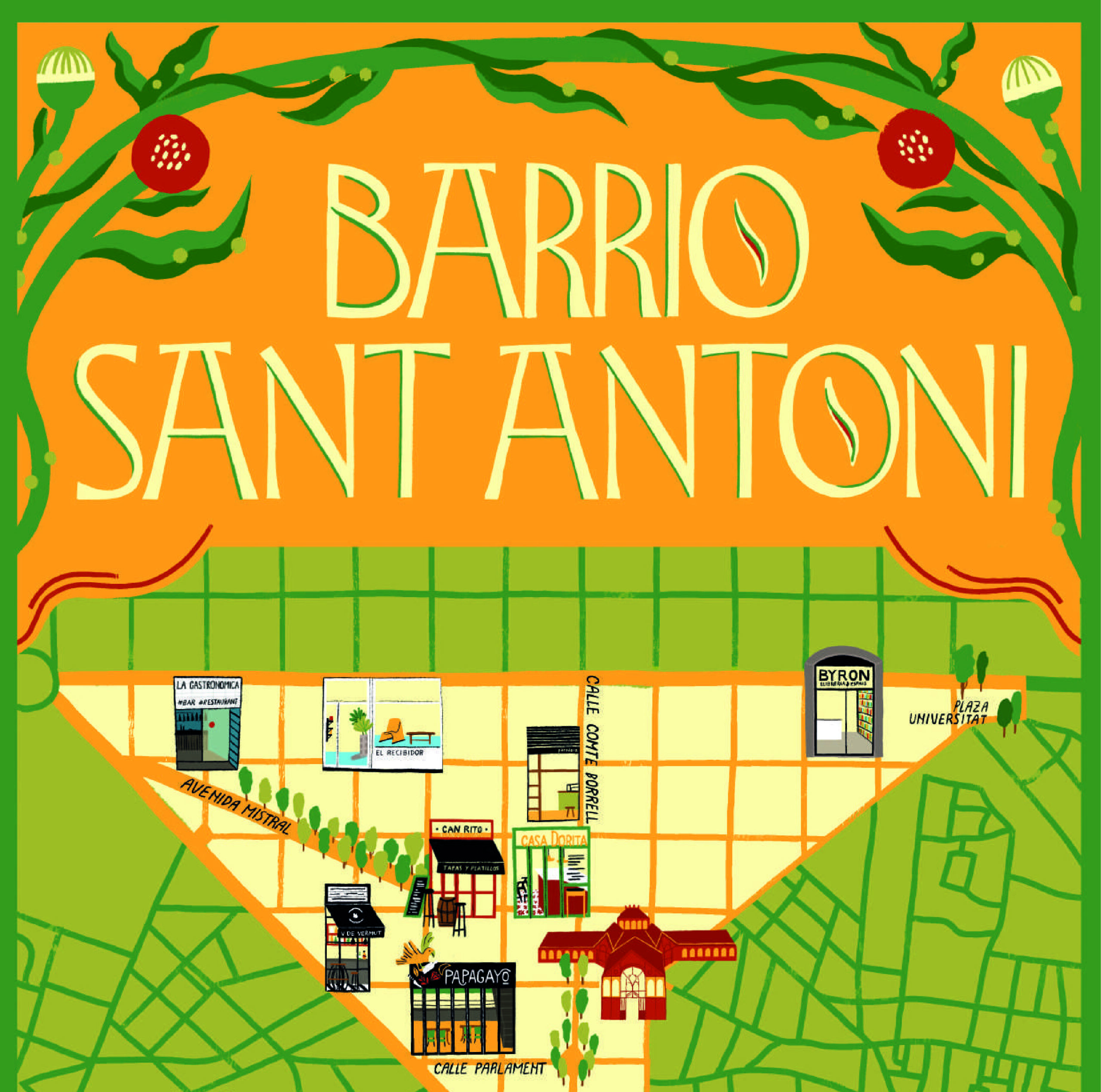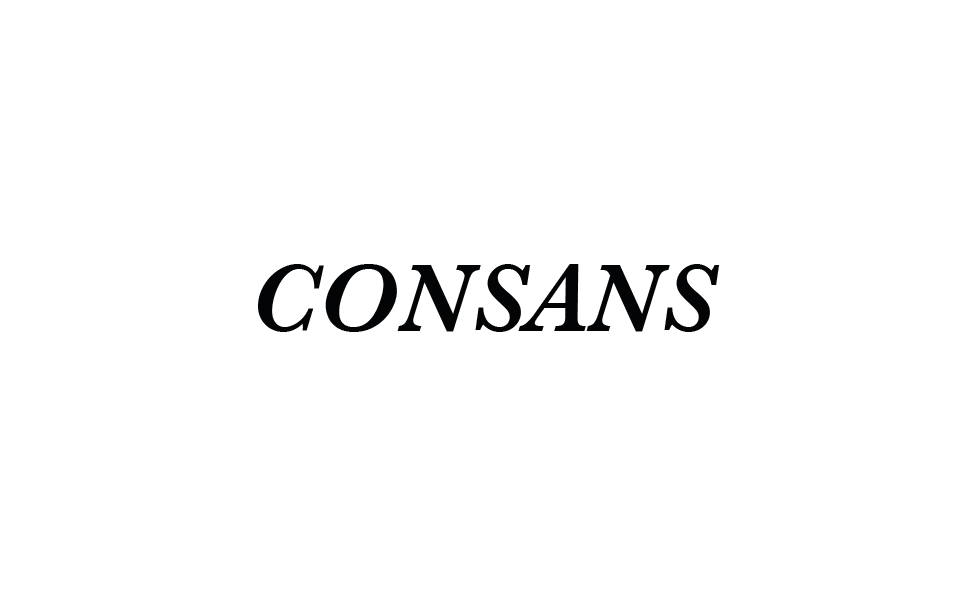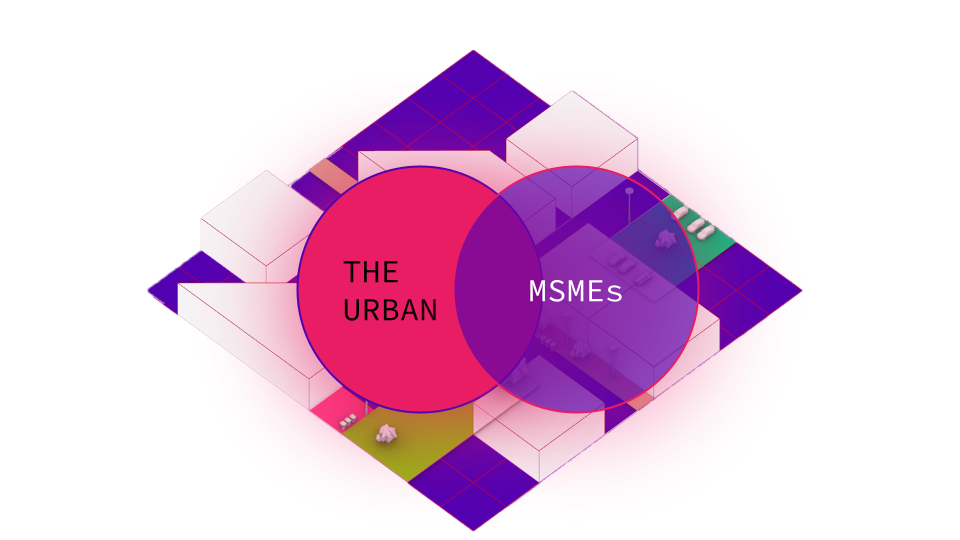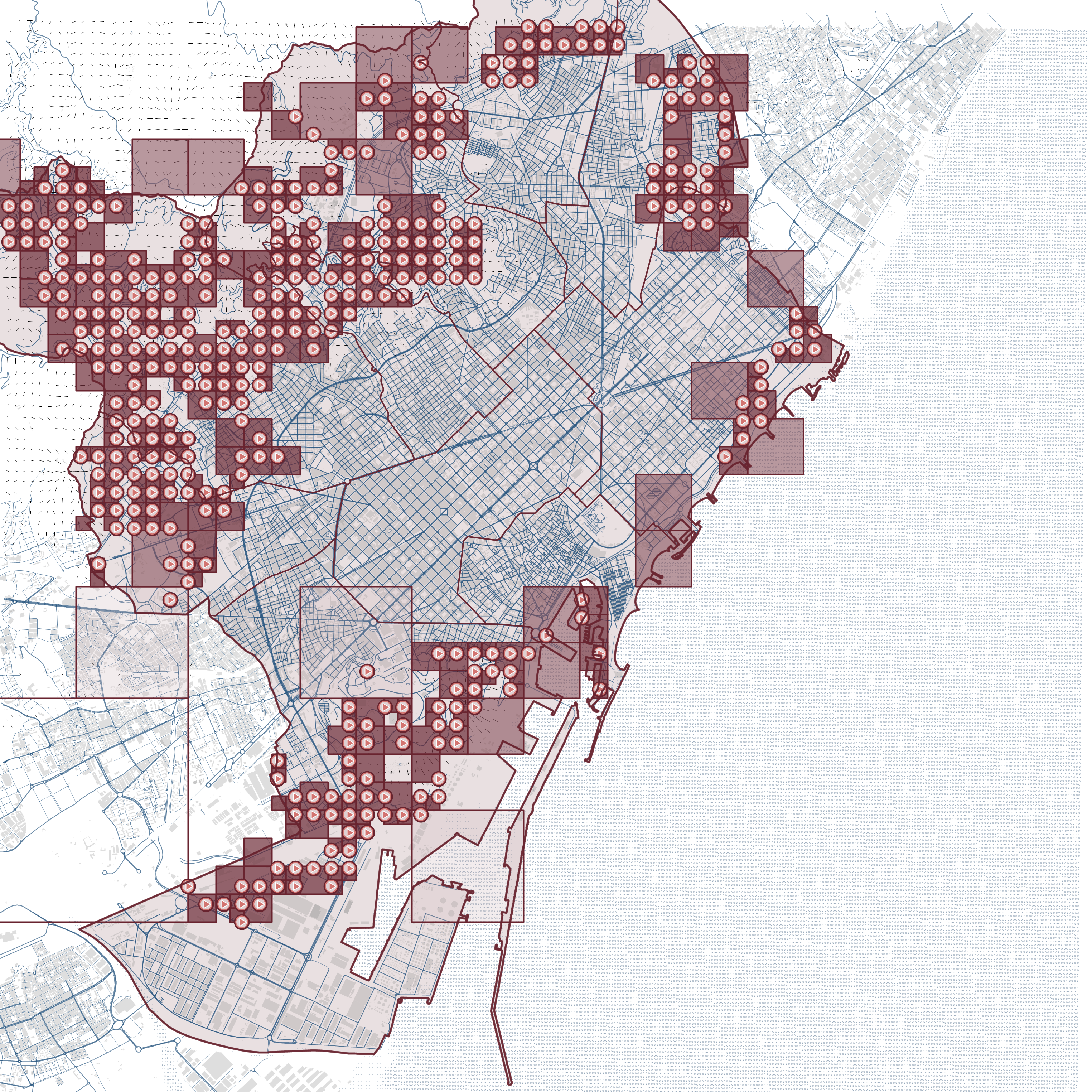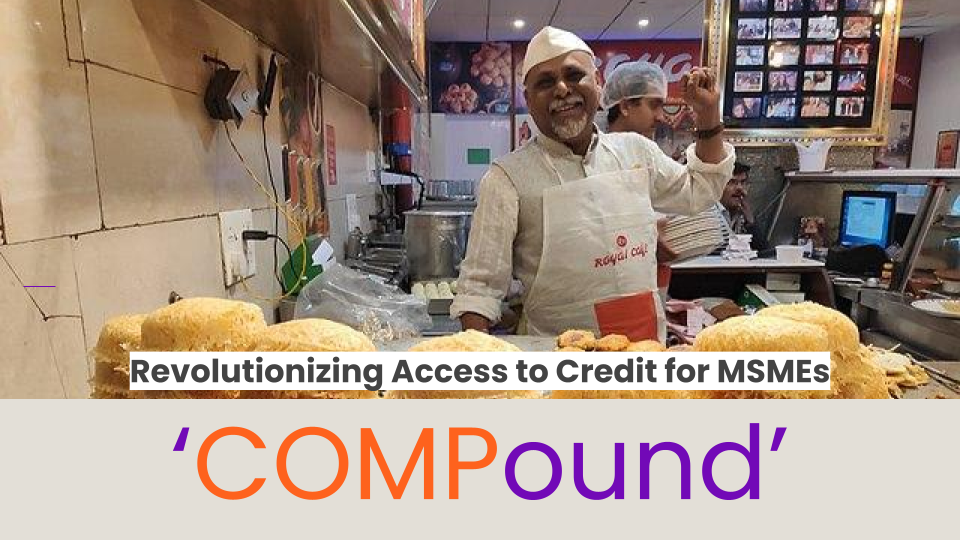IAAC’s Master in City & Technology (1 or 2-year program) is a unique program oriented towards redefining the analysis, planning, and design of twenty-first-century cities and beyond. The program offers expertise in the design of digitally enhanced, ecological and human-centered urban environments by intersecting the disciplines of urbanism and data science. Taking place in Barcelona, the capital of urbanism, the Master in City & Technology is training the professionals that city administrations, governments, industries, and communities need, to transform the urban environment in the era of big data.
THE SKYLINE OF THE CAPITAL
Architecture as a means of social segregation “capital materializes, to a large extent, through urban construction, the establishment of social relations in the city, the organization of space in the city, among others” (Harvey 2020, 23) According to Charles Jencks, the death of the modern architecture dated on July 15, 1972 at 3:32 p.m, when … Read more
BarnaBin – A City Cleaning App
Walking through Ciutat Vella, the heart of Barcelona, one can’t help but notice the overflowing bins, the persistent smell of garbage, and the discarded trash left along the streets. Despite the city’s continuous efforts to keep public spaces clean, waste management remains a pressing issue, particularly in the historic district where narrow streets and high … Read more
SEU
Sentir l’Espai Urbà Cities communicate with us through different ways: sound, image, smells, textures, materials, weather, among others. But how do we perceive all these layers? How do we feel about it? What role does urban design play in this exchange? How do we feel the city? Every day, we are immersed in urban surroundings … Read more
CLEAN UP THE NOISY CITY!
Through this workshop, we developed “Clean up the Noisy City,” an educational and interactive game designed to raise children’s awareness of urban soundscapes. In this engaging experience, players take on the role of city problem-solvers, working together to identify, assess, and mitigate disruptive noises using creative solutions. The game is played through a structured yet … Read more
Sant Antoni Passport
Urban spaces are not just places to live and work—they are playgrounds for social interaction, historical storytelling, and cultural engagement. As part of the IAAC’s Serious Games Seminar, our team explored Sant Antoni, Barcelona, to design playful interventions that connect the community to its past, present, and future. Our approach combined game design with urban … Read more
consans
This term, we have been focusing on understanding and designing public spaces in the Sants neighborhood of Barcelona. Sants has a unique identity shaped by its long-standing tradition of neighborhood cooperation and pride in its working-class roots, but has faced civic disengagement in recent years. In the studio, our objective has been to leverage public … Read more
DEMOCRATIZING CREDIT: A New Paradigm in Lending
The project envisions the use of novel data collection strategies for the purpose of increasing access to formal credit for MSMEs in the F&B Space Across the globe, cities face a pivotal challenge: unlocking the potential of their micro, small, and medium enterprises (MSMEs) to drive both urban transformation and national economic growth. These enterprises, often comprising over 90% of businesses in developing … Read more
Women+ and Urban Safety: Qualitative Data and Literature
How do we evaluate the current paradigms of designed public spaces to test the perceptions of safety of women+ in India such that it aids urban designers to make free movement of women+ easier in India, especially Delhi? Overview Women+ and Urban Safety is a research to find answers to the question of “how do … Read more
TIME³
Multidimensionality of Time for Inclusive Urban Lives This project explores urban inclusivity through the multidimensional lens of time, using Barcelona as a case study. The analysis considers three temporal dimensions: time of day, time of year, and time of life, recognizing how these factors shape access to essential urban amenities. Proximity serves as the first … Read more
Introduction to Emerging Economies
Over the course of 6 weeks we had the opportunity to be introduced to emerging economies, a concept that from my initial perspective was outside of urban design, but as the classes progressed, I realized its relevance to urban planning and to the current world in general. CIRCULAR ECONOMIES AND VALUE FLOWS The circular economy … Read more
‘COMPound’ – Revolutionizing Access to Credit
‘The project envisions the use of novel data collection strategies for the purpose of increasing access to formal credit for MSMEs in the F&B Space. Across the globe, cities face a pivotal challenge: unlocking the potential of their micro, small, and medium enterprises (MSMEs) to drive both urban transformation and national economic growth. These enterprises, … Read more
ILLA DE RAVAL
This project focuses on establishing a community-centered public space in Santa Coloma. Situated at Block Illa de Raval, a designated “green finger” of the Pinta Verde initiative, the project seeks to improve accessibility, enhance social engagement, and address infrastructural needs based on local context and community input. HUMAN Research and analysis The research highlighted several … Read more

